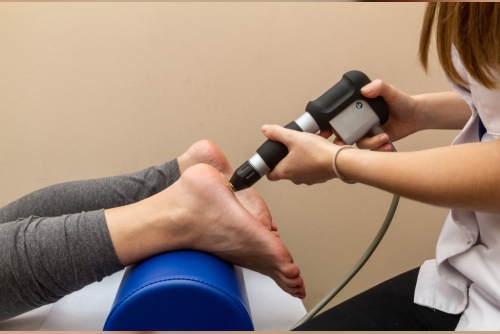The International Organization of Motor Vehicle Manufacturers (OICA) estimated that a total of 3,742,454 vehicles were manufactured in Germany in 2020. Further, the German Association of the Automotive Industry stated that the production volume of passenger cars in Germany increased from 123,504 units in August 2021 to 208,700 units in September 2021. Thus, the increasing vehicle production in the country, owing to the presence of automobile giants, will propel the adoption of automotive adhesives and sealants in the country, as they help in improving reliability, performance, driving comfort, and safety of vehicles.
Moreover, the increasing adoption of electric vehicles (EVs), owing to the mounting government support toward environment-friendly mobility solutions to mitigate air pollution, is also expected to fuel the German automotive adhesives and sealants market at a CAGR of 4.5% during 2018–2023. According to P&S Intelligence, the market revenue will rise from $891.8 million in 2017 to $1,156.8 million by 2023. The Government of Germany offers a tax exemption of 10 years for EVs (fully electric or fuel-cell vehicles) registered from 1 January 2016 until 31 December 2025.
In recent years, automobile companies in Germany have been consuming a significant volume of epoxy-based adhesives and sealants to produce several automobile components, due to their strong bonding capability, ease of application, and higher moisture resistance. Besides, the high durability, exceptional flexibility, and excellent impact resistance properties exhibited by such products make them ideal for the production of headlights and signal lights and bonding of bumpers in vehicles. Furthermore, automobile original equipment manufacturers (OEMs) of Germany are also using acrylics, hot melts, rubber, silicones, polyvinylchloride (PVC), and polyurethanes in several vehicle components.
Additionally, automakers have also been focusing on the usage of eco-friendly adhesives and sealants, such as water-based acrylic adhesives, to reduce the environmental degradation caused due to vehicle production. The automotive sector is shifting from conventional adhesives and sealants to environment-friendly variants that contain a limited quantity of volatile organic compounds (VOCs) and display exceptional initial adhesion properties. Water-based acrylic adhesives, which serve as an excellent alternative to solvent-based adhesives, are being increasingly used in the production of instrument panel dashboards and interior trim parts of automobiles.
This transformation in the German automotive adhesives and sealants market is being brought about by H.B. Fuller Company, Henkel AG & Co. KGaA, tesa SE, Sika AG, DowDuPont Inc., and H.B. Fuller Company. Conventional and eco-friendly adhesives produced by these companies are used in the assembly, body in white (BIW), paint shop, and under-the-hood (UTH) and power train applications. In the preceding years, automakers utilized the highest volume of adhesives and sealants in assembly applications.
Thus, the surging vehicle production and sales and the burgeoning demand for EVs are expected to accelerate the consumption of automotive adhesives and sealants in Germany.









 Cisco Certified Network Associate 200-301 CCNA Dumps 2026
Cisco Certified Network Associate 200-301 CCNA Dumps 2026


